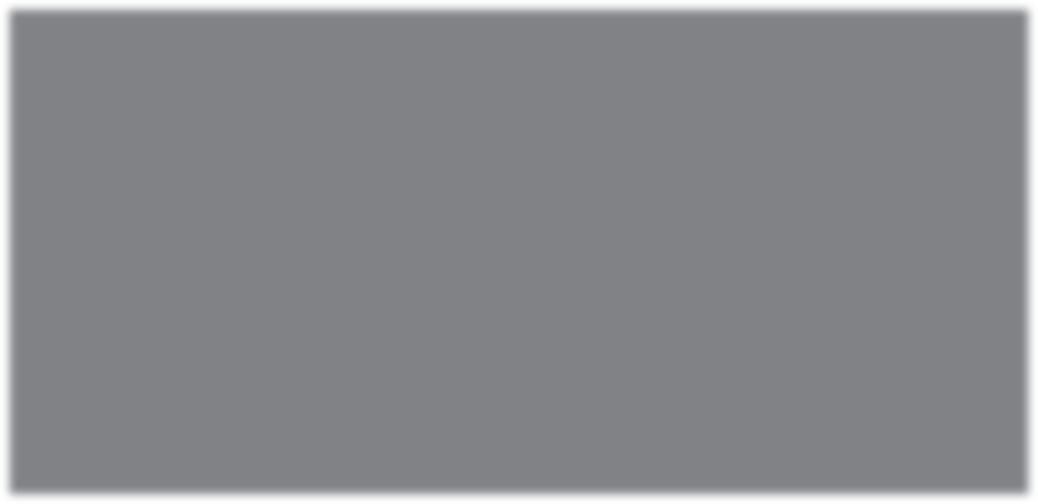
4 minute read
Nature
Melbourn Village in Bloom
Following the many positive comments from all quarters on the Flower Tubs in the village centre, a hardy team of volunteers have now replanted these for the Winter period.
Advertisement


Grateful thanks to all who have been involved with this project, but especially Helen Powell from the Melbourn gardening club, Dick and Kathleen Raymen and Norman and Jenny Collins for their excellent help. best time to get new trees in the ground, a research visit to the Garden may be in order!
The maple family has much to offer and there are several species to choose from in our Winter Garden, including the paperbark maple, Acer griseum. After the vivid red and orange leaves are shed in autumn, the beautiful trunk detail comes to the fore, as papery, rich chestnut strips peel away to flutter in the breeze and seem to catch fire in the low winter sun – positioning is key. Nearby is Acer davidii, the snakebark maple, which displays in contrast a smooth, olive-green bark with pale green stripes and diamond shapes that give rise to the common name. One of the most spectacular trees at this time of year is the trio of Acer palmatum ‘Osakazuki’ in the Autumn Garden. This is probably the best Japanese maple selection for Cambridgeshire’s generally chalky soils, but still needs some shelter from cold easterly winds to prevent leaf scorch. The leaves are relatively large, seven-lobed, green but flush a deep burgundy in early autumn before turning orange-scarlet, the whole tree strung with bright magenta winged samara fruits.
The rose family also offers a vast selection of good trees for the smaller garden. Ornamental hawthorns like the Crataegus prunifolia var persimilis that dot the Systematic Beds provide lollipops of burnt orange leaf in the late autumn, festooned with scarlet fruits and often huge globes of mistletoe, while Malus trilobata on the Main Lawn and in the Dry Garden
Time for tree-planting

At the Botanic Garden we are privileged to look after one of the best tree collections in the region. The towering evergreen cedars, redwoods and pines together with limes, tulip trees, walnuts and wingnuts form the backbone of the landscape. Some of our trees are the finest specimens in UK cultivation and have acquired ‘champion’ status; others are heritage trees, noteworthy for the stories they tell. Some surprise and delight, like the recent flowering of the beautiful Chinese tree, Emmenopterys henryi, for the first time with us after a thirty year wait! But not all of our trees are huge specimens or botanical rarities. Many of our most eyecatching trees are good options for Cambridgeshire gardens, being low maintenance and offering seasonal interest, as well as nesting sites and food sources for a whole host of animals. With the end of November, after leaf fall, being the

Malus trilobata
makes a neat pyramid-shaped tree, perfect for underplanting. This choice tree thrives in our dry climate and produces large white, cupped flowers in spring, followed by clusters of green fruits and then seems to ignite, turning burgundy and copper in the autumn.
The Botanic Garden is open all through the winter, closing at 4pm from November – January (ring for Christmas closing times). Adult admission is £4.50 (Giftaid admission £4.95) or join the Friends, get free admission & help the Garden grow! For news and events, detailed information about the Garden or to discover this week’s Plant Picks from the Head of Horticulture, please visit the website at www.botanic.cam. ac.uk
River Mel Restoration Group
The River Mel Restoration Group is celebrating the delivery of our most ambitious project to date. We have completed a year-long project to restore the river bed under the A10 road bridge. Since its construction in the late 1980s, the concrete culvert under the bridge has acted as a sump for the collection of silt and debris, transforming this area into a local eyesore. Our venture was completed by the installation of 134 tonnes of chalk and gravel, restoring the natural riverbed for the benefit of local wildlife.
Earlier this year, contractors were employed to pump out in excess of 100 cubic metres of silt in preparation for the final part of the project, which took place in August and September. The materials were craned into the river from the road above, but the successful completion of the project was dependent on the enthusiasm and dedication of the volunteers who worked so hard to rake and shovel this vast tonnage into position. Two long, exhausting, days saw the transformation of this stretch of the river.
The work was carried out in partnership with South Cambridgeshire District Council and the local Wildlife Trust, having received funding from DEFRA’s Water Framework Directive initiative. Rob Mungovan, Ecology Officer for South Cambridgeshire District Council, was quoted in the local press as saying: “Community projects take a lot of organising and volunteer days like this are often the final rewarding event. The location of this bridge has prevented us from getting machines into the site but the will of the Group has led us to the solution we now have.”
As usual the Group has enjoyed fantastic support from the local community and local businesses. In particular we wish to thank Cemex, who donated the chalk from their quarry at Barrington, Melbourn Co-op for providing much needed refreshments, and Wright’s Mowers who came to our rescue with emergency wheelbarrow repairs!














